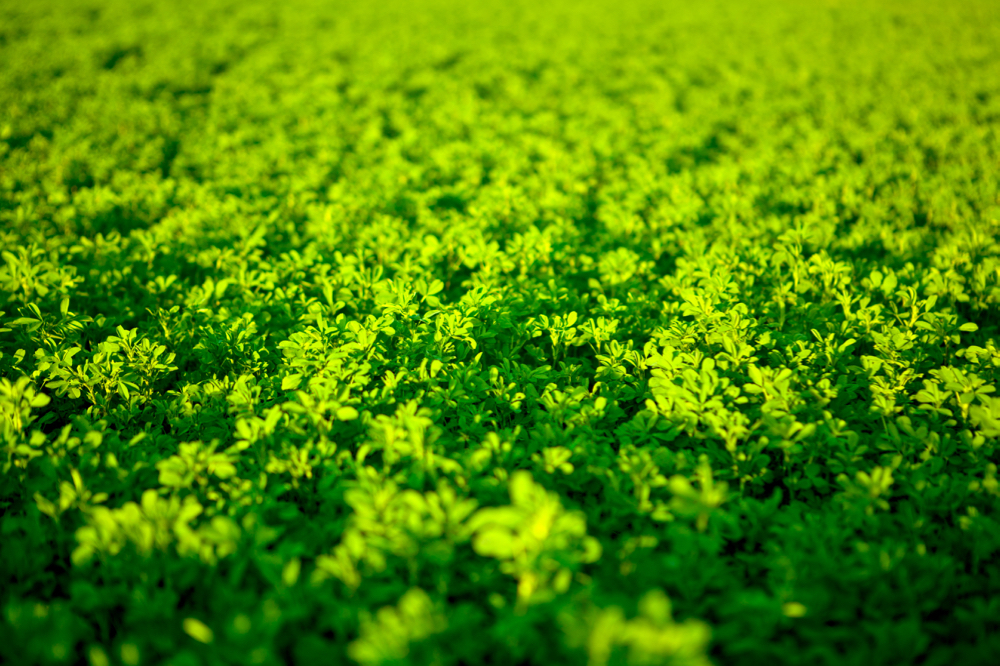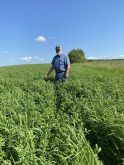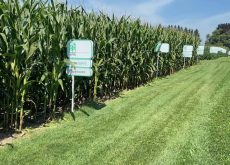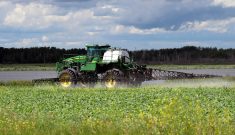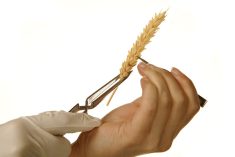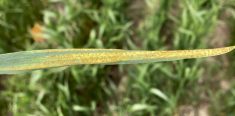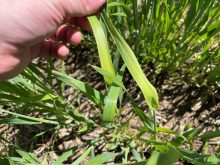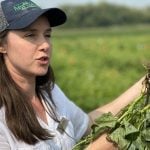Glyphosate-resistant alfalfa is being planted across about 10,000 acres in Ontario, giving farmers the option to better establish and clean up alfalfa fields, while preserving the valuable legume.
HarvXtra alfalfa with Roundup Ready technology, a newer alfalfa found in the eastern Canadian market, also provides low lignin content for improved digestibility along with the Roundup Ready trait for resistance to glyphosate. It is the first genetically modified alfalfa on the market.
Why it matters: Roundup Ready alfalfa gives farmers another tool in their ability to grow pure alfalfa forage for ruminants.
Read Also
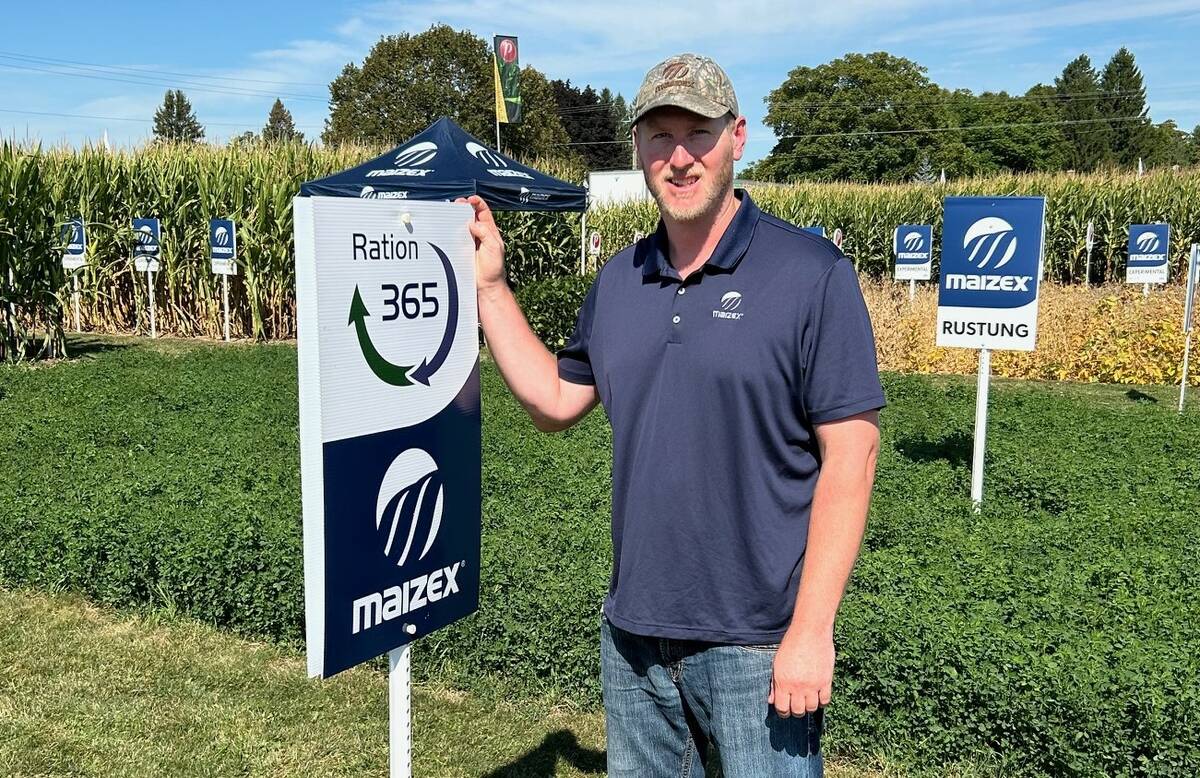
Maizex brings Elite forage seeds under its brand umbrella
The seed catalogue for Maizex Seeds takes on a different look for its 2026 edition thanks to the introduction of a new marketing initiative dubbed “Ration 365.”
There are six different varieties of HarvXtra alfalfa across five seed companies covering about 10,000 acres throughout Ontario, the highest acreage in Eastern Canada.
In the early 2000s, Forage Genetics International (FGI), Nobel Research Foundation and United States Dairy Forage Research produced an alfalfa with a decreased lignin content.
The project took about 12 years and in 2016 the first varieties were marketed and sold in Canada and the United States.
The reduced lignin content significantly improves forage digestibility in alfalfa, while the Roundup Ready technology improves seed establishment.
Lignin content
The presence of lignin in alfalfa plants lowers the digestibility of fibre. As alfalfa plants mature, the lignin content increases, creating an increase in forage yield but a decrease in forage quality.
“We’ve reduced the lignin content significantly, and that produces a significant increase, about 15 to 20 per cent, in fibre digestibility measured as NDFD (neutral detergent fibre digestibility),” says Jay Hackney, trade stewardship lead with FGI. “That increase in fibre digestibility has the potential to improve animal output, (such as) milk production.”
Also, having a 15 to 20 per cent increase in fibre digestibility allows for a delay of seven to 10 days in cutting date on HarvXtra varieties, while providing the same forage quality of a conventional variety harvested seven to 10 days earlier.
These qualities allow farmers to delay their cuttings — increasing their forage yield without sacrificing quality.
This improvement gives farmers flexibility in managing their alfalfa.
University of Wisconsin completed a trial comparing later cut with earlier cut managements.
Three cuts before Sept. 1 of conventional varieties yielded 17 per cent more yield in the first production year compared to four cuts of conventional done before the start of September.
As well, a 25 per cent yield advantage was found with the three-cut system in the second production year.
The low lignin and the extended harvest window are the main reasons why dairy farmers in Ontario are adopting the technology, says Ashley Knapton, Ontario livestock specialist with Pioneer.
Roundup Ready technology
HarvXtra varieties have the additional trait of Roundup Ready technology.
“There’s a significant advantage to using Roundup to establish alfalfa — much easier compared to other currently available herbicide options,” says Hackney. “As well, a much wider window of application, (a farmer) can spray Roundup anytime from the seedling stage to five days before harvest.”
During the three years the product has been available on the market, Hackney has noticed sales roughly doubling each year and a high rate of re-purchase.
“It’s living up to its expectations of having that high digestibility. I have a few growers who look at the harvest window – aiming for a similar quality of what they’re used to and trying to increase the tonnage and they have had success with it,” says Knapton.


